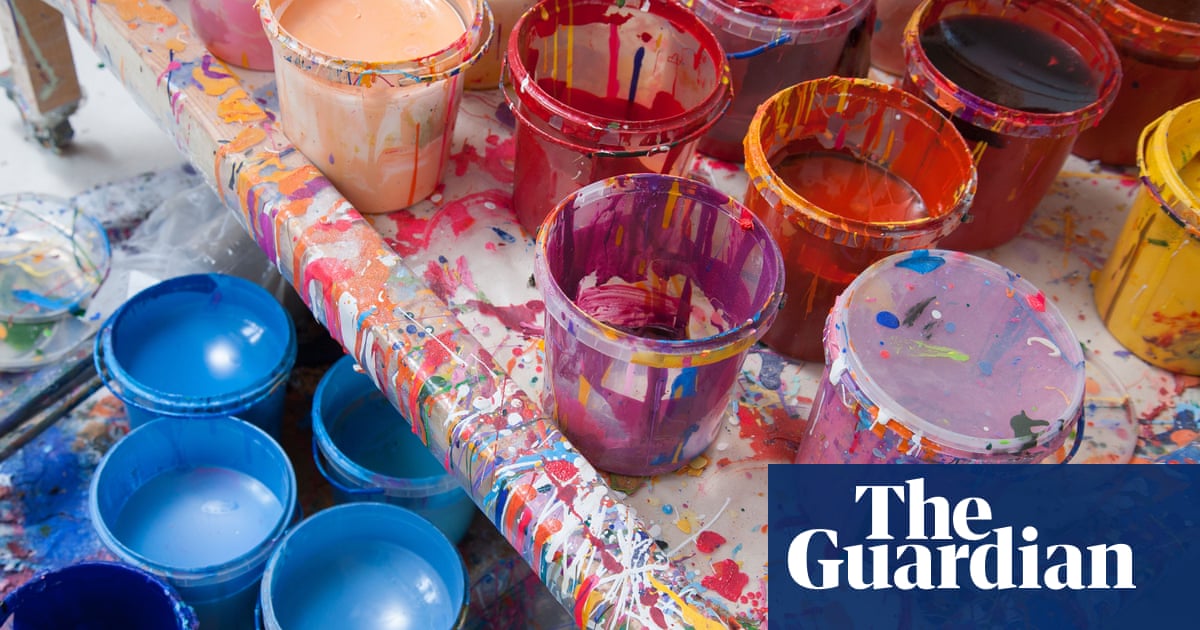
Artists working in the public sector are struggling to stay afloat amid a culture of low fees, unpaid labour and systemic exploitation, research shows.
A survey of people engaged by everything from flagship galleries to smaller projects found an overall median hourly rate of £2.60 an hour, dramatically below the UK minimum wage of £9.50.
It exposes how many artists, especially those from less privileged backgrounds, have to sustain multiple additional jobs to subsidise poorly paid commissions in the public sector. Some told of deciding to leave the art world entirely to protect their mental health and financial security.
Of those surveyed, 76% reported fees below minimum wage, while 74% of respondants said they felt the artist fee received was unfair in relation to the scale of the work.
Lump sums are a common form of payment for artists, often obfuscating the many hours of labour involved in a project, according to the report, titled Structurally F*cked
Industria, the shared name of two artists who co-authored the report after surveying more than 100 peers, said it came at time when the cost of living crisis, after 12 years of cuts, “threatens to absorb what little remains of the narrow, self-funded financial margins from which the majority of artists operate”.
They said: “In this context, chronically underfunded public art institutions, faced with ever diminishing budgets, appear to be passing on the heaviest burden of these cuts to artists and their lowest-paid workers.”
The report includes testimonies of many who responded to the survey, including one artist who said: “The curator that organised it took advantage of my disabilities, fobbing off my needs, and every time I questioned contracts and rates of pay I was micromanaged into feeling guilty for asking.”
Others spoke of an exploitation of artists of colour, with one saying: “I haven’t started the project yet and I’m already dreading it and the amount of time and effort I’ve put in. I regret taking it now, if I’m honest. I hate the normalisation of exploitation in the arts in the UK, especially as a black artist.”
Among its recommendations, the report calls for greater transparency, solidarity among those working in the sector, and backing for a unionised campaign for a £15 hourly minimum wage.
Artists Union England, Scottish Artists Union and Praxis – Artists’ Union of Ireland are highlighted in the report as unions that artists should consider joining.
after newsletter promotion
Lola Olufemi, a black feminist writer, writes in the report: “The art world maintains its rarefied quality via the permanent exclusion of the poor. To assume art-making is a ‘labour of love’ that does not require remuneration but demands one to sacrifice all sense of stability is tantamount to proclaiming it a bourgeois fantasy.”
Recent data from the Office for National Statistics revealed that the proportion of actors, musicians and writers who are from a working-class background had shrunk by half, from 16.4% of creative workers born between 1953 and 1962 to just 7.9% of those born four decades later.
Arts Council England, which overseas an arts funding system in England and is a non-departmental public body of the Department for Culture, Media and Sport, said it was committed to ensuring that those who work in the cultural and creative sector are properly and fairly paid.
A spokesperson said: “We require anyone applying to us for funding to demonstrate how fees for artists, creatives and specialists for projects funded by us are in line with, or better than, recognised codes of practice and guidelines set by the relevant lead bodies.”
"artist" - Google News
March 13, 2023 at 01:01AM
https://ift.tt/nAJky2S
Artists in UK public sector making far below minimum wage, survey finds - The Guardian
"artist" - Google News
https://ift.tt/2EjBbfQ
Bagikan Berita Ini














0 Response to "Artists in UK public sector making far below minimum wage, survey finds - The Guardian"
Post a Comment